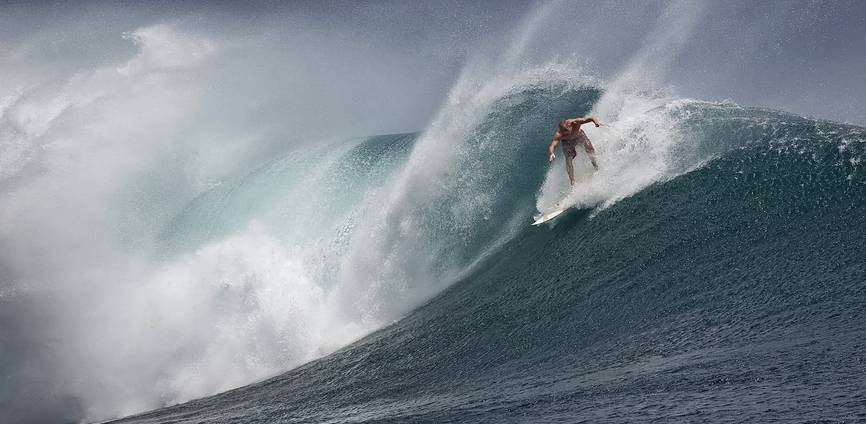While surfing may seem a dangerous sport, the latest American study shows that people competing in this competition are less likely to suffer serious bodily injury than a group sports like football or basketball.
The popularity of surfing as a sports discipline has grown rapidly since the 1960, but so far little data has been collected on the injuries of the sport, especially the incidence of the sport.
Researchers from Rhode Island Hospital and Brown Medical School in Providence, Rhode Island, have collected data on the number of physical injuries that have occurred to athletes participating in 32 different, amateur and professional surfing competitions.
Major injuries were considered to have prevented a competitor from participating in one or two days of competition, ended up in a hospital visit or required sewing a wound on site.
“We have observed that surfing is associated with a relatively low risk of physical injury compared to competing in other sports,” says lead researcher Andrew Nathanson. As calculated by scientists, for 1 thousand hours of surfing competitions there is 7 major injuries. Most often they are injuries to lower limbs, such as knee twisting or ligament stretch.

According to the authors of the work, this is most likely the effect of aggressive body bends and maneuvers in the air. The second in turn is the cut. According to a previous study by Nathanson, body cuts and bruises are the most common type of trauma among surfers for recreational purposes. They usually result from the direct contact of a sportsman with a board.
According to the researcher, this is understandable because the competition is strictly restricted to a number of highly skilled athletes, while recreational surfers usually try to catch waves in a large crowd of people of varying degrees. Research has also confirmed that, as predicted, the risk of surf injuries is more than double when waves are high, or when the bottom of the water body is hard (eg rocky or rich in reefs). Age and gender of the athlete do not affect the frequency of injuries.
According to Nathanson, the data obtained by his team may be relevant, among others, for insurance companies or schools interested in creating a surfing team. They will also help in the preparation of the medical team serving the competition. In the future, the researcher intends to calculate the risk of injury also for surfers for recreational purposes and wants to see to what extent modifications to surfers’ equipment can reduce this risk.
